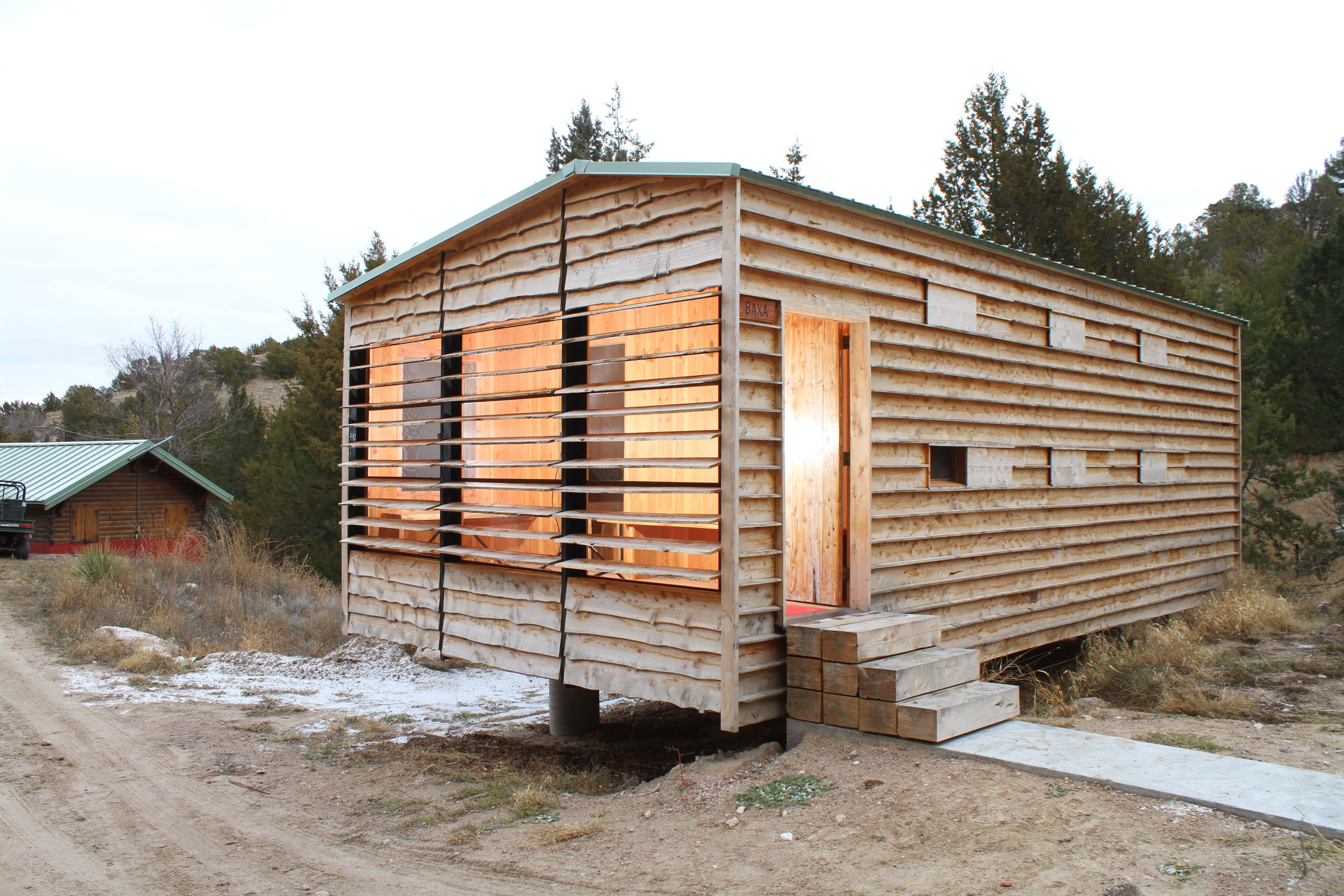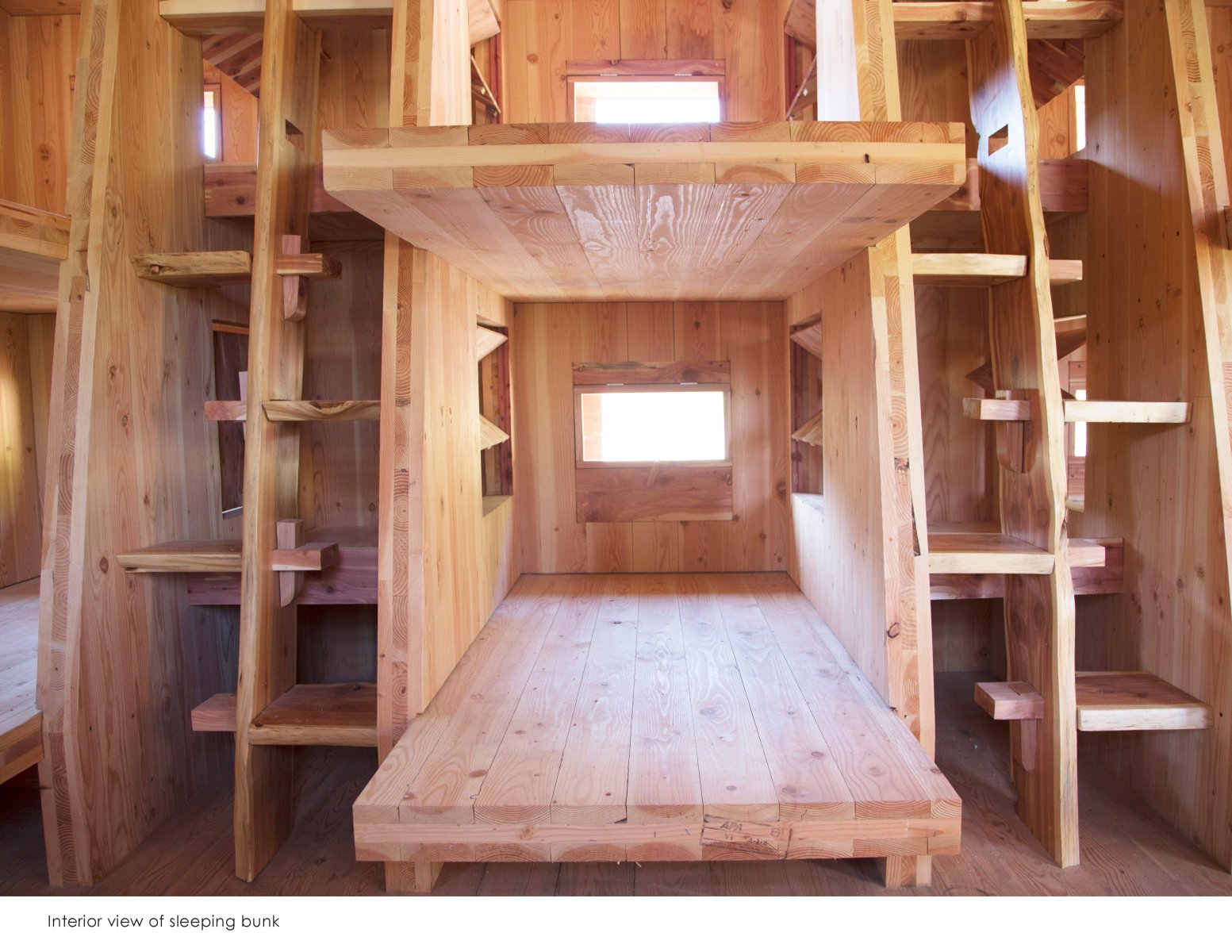
If you’re interested in studying nature, you can’t do much better than Cedar Point Biological Station (CPBS).
Owned and operated by the University of Nebraska-Lincoln since 1974, the site serves as a field research facility and experimental classroom for UNL students and staff. Cedar Point sits on the south edge of the Sandhills and the North Platte River Valley. It’s isolated, and more importantly – full of wildlife. The perfect environment for budding biologists.
“It’s really quite beautiful,” said Jason Griffiths, UNL Associate Professor of Architecture.
Its remoteness and tranquility aren’t the only things that have grabbed Griffith’s attention. True to its name, a good portion of Cedar Point’s 900 acres are comprised of eastern redcedar. It’s a native tree but aggressively spreads when left unmanaged. So when Griffiths and his architecture students were tasked with designing a new cabin on the property, they had a thought:
If CPBS prided itself on its relationship with nature, why should its structures be any different?
“We wanted to find a way to use this tree that many people find to be a nuisance,” said Griffiths.

Griffiths and his students set out to incorporate eastern redcedar into the new cabin’s interface. The small, unique structure would be built with cross-laminated timber (CLT) but adorned with furniture constructed from locally-harvest redcedar wood. With the help of the Nebraska Forest Service’s Wood Innovation Grant, students worked with the staff and local sawmills to create the cabin’s décor, including tables, chairs, bunk ladders, and stairs.
“We wanted them to learn about this tree before it became lumber, and how valuable it can be,” said Adam Smith, NFS Forest Products Utilization Program Leader. “What are its uses and how can we be more creative with it?”
The results were award-winning, quite literally. Following the cabin’s two-year design and construction, Griffith and his students were honored with a 2019 Architectural Education Award from the Association of Collegiate Schools of Architecture. The “Baxa” Cabin now provides sleeping quarters and study areas for scholars enrolled in programs at Cedar Point.
For these UNL students, one way to “deal” with eastern redcedar encroachment came through learning – by doing.
“Nebraska students do care a lot about the state of Nebraska,” said Griffiths. “This project not only gave our students a greater understanding of materials used in the building process, but It was also a sensible environmental response and way of providing a local solution. We’re managing the landscape while also utilizing this resource.”